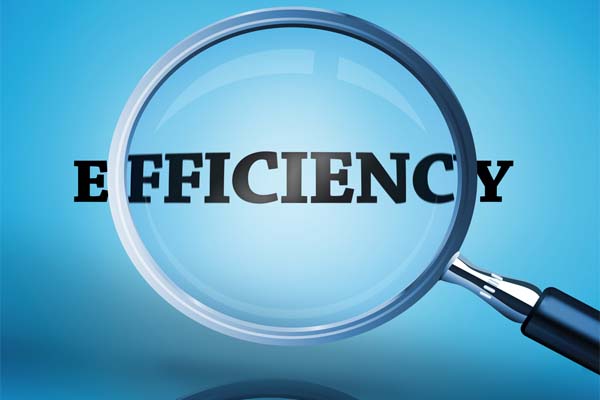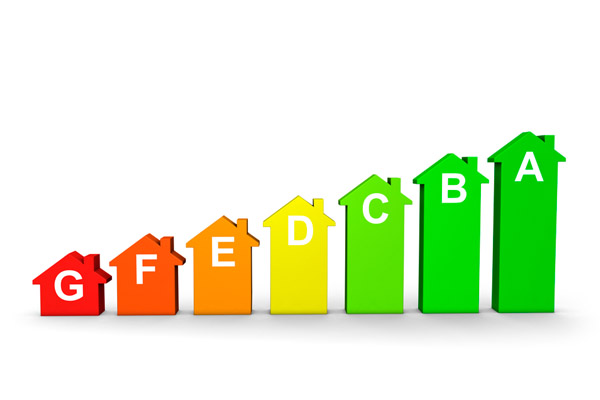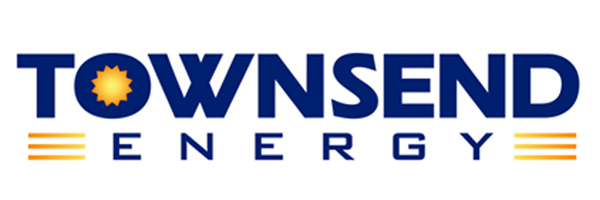Variable-Speed Furnaces Can Improve Home Efficiency

Newer furnaces, like the variable-speed furnace, are equipped with a variety of technological advancements that enable them to provide unrivaled energy efficiency and the highest levels of indoor comfort. In light of this, a multi-speed furnace needs to be at the top of your list if you’re shopping for a new home heating system. In this guide, we’ll discuss everything you should know about variable-speed furnaces and how they increase your home’s efficiency.
What Is A Variable-Speed Furnace?
Variable-speed furnaces, as their name suggests, can run at various speeds to improve indoor air quality. They are able to accomplish this because they have an electronically commutated motor (ECM) blower motor. The ECM, which is essentially a direct current (DC) motor with an integrated magnet rotor and inverter, is what is meant by the phrase “variable speed,” to be more specific. An ECM is able to achieve greater energy efficiency than an alternating current (AC) motor because of this particular setup. ECMs are also often less expensive to run and maintain. Since a variable-speed furnace often has a quicker payback period, ranging anywhere from 4 to 5 years, it will initially cost more than a regular (single-stage) furnace.
Related Article: Why Are My Rooms Heating Unevenly?
How Does a Variable Speed Furnace Work?
A variable-speed furnace fast-tracks and analyzes data from your HVAC system using cutting-edge HVAC technology and then automatically adjusts the speed as needed to maximize your indoor comfort. It controls the quantity of air that circulates in your home, altering the fan speed as necessary to account for things like clogged vents and dirty filters. Furthermore, variable-speed furnaces often require some time to reach full speed, in contrast to standard furnaces. As a result, they operate more quietly and smoothly than conventional furnaces. Furthermore, in sharp contrast to conventional furnaces, which always run at full speed, variable-speed furnaces only work at peak speed when necessary and thus end up using less energy overall.
Differences Between Single-Speed, 2-Stage & Variable-Speed Furnaces
A single-stage furnace always runs at maximum capacity. This means that when trying to reach the thermostat’s temperature setting, it doesn’t take the movement of air inside a home into account. On the other hand, a two-stage furnace has two operating phases—low and high. Essentially, the low phase is an energy-saving mode.
The furnace works to heat your home while in this mode by using the least amount of energy possible. A single-stage furnace, however, always runs at one speed. When your house requires more heat your due to lower exterior temperatures, it consumes more energy than usual. In consequence, this allows it to enter the second stage and start to spread warm air evenly around the house.
A two-stage furnace typically runs at 25% of its maximum capacity. This causes it to operate efficiently and more quietly than a single-stage furnace while also emitting less carbon dioxide.
Variable-speed furnaces provide even greater efficiency and energy savings. Variable-speed furnaces have computerized blower motors (ECMs) that can track and automatically control the airflow in your house. Also, a variable-speed furnace may provide superior energy economy, high levels of indoor comfort, and more reliable heating output thanks to the controlled blower motor.
Related Article: Essential Tips For Surviving A Home Heating Emergency
Variable-Speed Furnaces Enhance Home Efficiency
 A variable-speed heating system evenly distributes heat and humidity throughout the house due to its capacity to accurately adjust airflow, which raises the comfort level inside. In comparison to a single-speed furnace, a variable-speed heating system uses around two-thirds less electricity while providing higher performance.
A variable-speed heating system evenly distributes heat and humidity throughout the house due to its capacity to accurately adjust airflow, which raises the comfort level inside. In comparison to a single-speed furnace, a variable-speed heating system uses around two-thirds less electricity while providing higher performance.
A variable-speed furnace operates more quietly since it typically operates at a low capacity. It progressively increases speed, reducing air fluctuations in the process.
Smart thermostats that automatically regulate the blower motor’s speed are frequently included with variable-speed furnaces. Your smart thermostat can be used to add zoning to an HVAC system, enabling you to heat different areas of your home as necessary without wasting energy or obstructing vents, which would otherwise result in a broken HVAC system.
You can manage the temperature inside your home more effectively and precisely with a variable-speed heating system. The furnace will respond more effectively to fluctuations in temperature within your home with longer running cycles and varied speeds, providing a steady flow of hot air throughout your house. This will lessen the likelihood of warm air accumulating near the ceiling of rooms.
Related Article: What You Can Expect During Your HVAC Installation
Other Advantages of a Variable-Speed Furnace
Some of the other advantages of choosing a variable-speed furnace for your home include the following:
- Clean Indoor Air: A variable-speed heating system will continue to circulate air through your HVAC system as long as the blower motor is active, enabling the air filters to capture more allergens. As a result, the air inside is cleaner and healthier.
- Humidity Control: Variable-speed furnaces offer greater indoor humidity management than single-stage heating systems. More specifically, the removal of humidity from the air is more effectively accomplished by variable-speed heating systems. As a result, they are the best option for reducing issues related to high indoor moisture levels, such as elevated allergen concentrations and the formation of mold and mildew.
Related Article: Lower Your Carbon Footprint With A High-Efficiency Home Heating System
Final Thoughts
A variable-speed furnace, as opposed to a single-speed one, employs a computer to track and analyze the airflow in your home before automatically adjusting the engine speed to maximize indoor comfort. A varying-speed heating system provides greater and more accurate temperature control while being more energy-efficient and ecologically friendly than other conventional heating systems. It is more durable and less expensive to operate and maintain.
Call Townsend Energy For All Your HVAC Needs
 Townsend Energy provides top-notch heating and cooling services in Northeastern Massachusetts, Southern New Hampshire, and Maine. Our team of trained professionals can give you the best HVAC maintenance, installations, repairs, replacements, and more. All our specialists have all the updated knowledge and expertise needed to effectively maintain your HVAC system.
Townsend Energy provides top-notch heating and cooling services in Northeastern Massachusetts, Southern New Hampshire, and Maine. Our team of trained professionals can give you the best HVAC maintenance, installations, repairs, replacements, and more. All our specialists have all the updated knowledge and expertise needed to effectively maintain your HVAC system.
Townsend Energy offers competitive, honest prices for all of our heating and cooling services. Our services aim to enhance efficiency, increase comfort, and lower your heating and cooling costs. Whether you need an HVAC repair or replacement, we can recommend the best solution for your home while working well within your budget. To ensure your complete satisfaction, all the work we do is backed by a guarantee. Call Townsend Energy right away to book a service appointment. We provide no-cost in-home estimates. Click the link to view our service area.
Contact us now at (800) 722-4101 to find out more!
